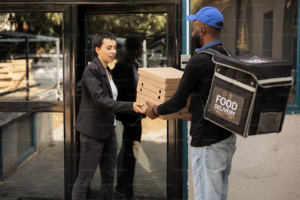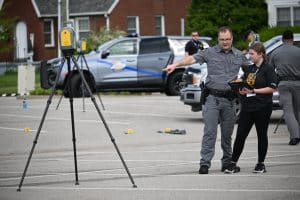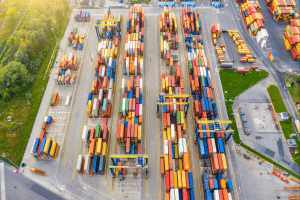On May 14th, Boston-based weather intelligence platform Tomorrow.io launched – what it claims to be – world’s first commercially built weather-radar satellite called Tomorrow-R1. Two days later, it announced that the satellite had successfully begun its on-orbit operations.
The satellite was launched via SpaceX’s Falcon 9 and proved to be a significant breakthrough in the weather monitoring segment of the space sector.
Tomorrow.io had a propriety software that was used to help in predicting and planning weather forecasts and other atmospheric emergencies. The data was collected from various government radars, satellites, weather stations, and a host of devices that all aided in gathering weather data.
However, the new satellite will provide much wider range of data. It is orbiting at 500 km above Earth in a polar orbit, and carrying a Ka-band radar ideally suited for detecting precipitation and critical ocean parameters. Tomorrow-R1 also marks the first of the Tomorrow.io constellation of active and passive sensors, which will achieve breakthroughs in global weather forecasting and climate observation – near real-time scans of precipitation and atmospheric profiles for any point on Earth, according to the statement by the company.
“Until today, only a handful of atmospheric radars have been launched to space, all built by government agencies with hefty budgets and long development times. Tomorrow.io is offering a step change in price-to-performance ratio, enabled by private innovation,” said Shimon Elkabetz, CEO and co-founder of Tomorrow.io.
Shimon also talked about the lofty costs of satellite and weather systems that limits the government missions to single satellites with revisit rates in days-to-weeks order. “We’re building the de facto GPS network for weather,” she added.
“About five billion people live outside of reliable weather radar coverage today, leading to a huge gap in the quality and availability of life-saving weather information,” said Rei Goffer, Chief Strategy Officer and Co-Founder of Tomorrow.io. “Those most impacted by climate change are the least equipped to deal with it today, and we are taking a major step to fix this. As the planet moves into an era of climate-induced weather catastrophes, food insecurity, and new levels of volatility and risk, Tomorrow.io’s constellation will power climate adaptation for generations to come.”
Planning in Advance
Having announced their space plans in 2021, the Tomorrow.io team has developed and launched their first satellite in just over 2 years. John Springmann, VP of Space & Sensors at Tomorrow.io stated that this is only the beginning and that they are confidently moving to the next phase of operationalizing their full-scale constellation.
In the same year, a case study was conducted where New York-based JetBlue Airlines stated that Tomorrow.io’s insights on understanding the direction and stop point of a storm helped them contain unnecessary delays and cancellations. This data saved $50,000 per month of the airlines, according to CNBC news. With the new satellites, this process would become more accurate and rigorous.
The company has been awarded more than $20M in contracts from the DOD and is executing a Collaborative R&D Agreement with NOAA. “The prospects of a commercial follow-on mission to the NASA Global Precipitation Measurement Mission (GPM), but with 10 times the revisit rate, presents an incredibly exciting future to the global weather community,” said Dr. J. Marshall Shepherd, Georgia Athletic Association Distinguished Professor of Geography and Atmospheric Sciences at the University of Georgia.
ALSO READ: Past Lessons, Future Focus : Global Climate Conclaves and Primacy of Spatial Insights








